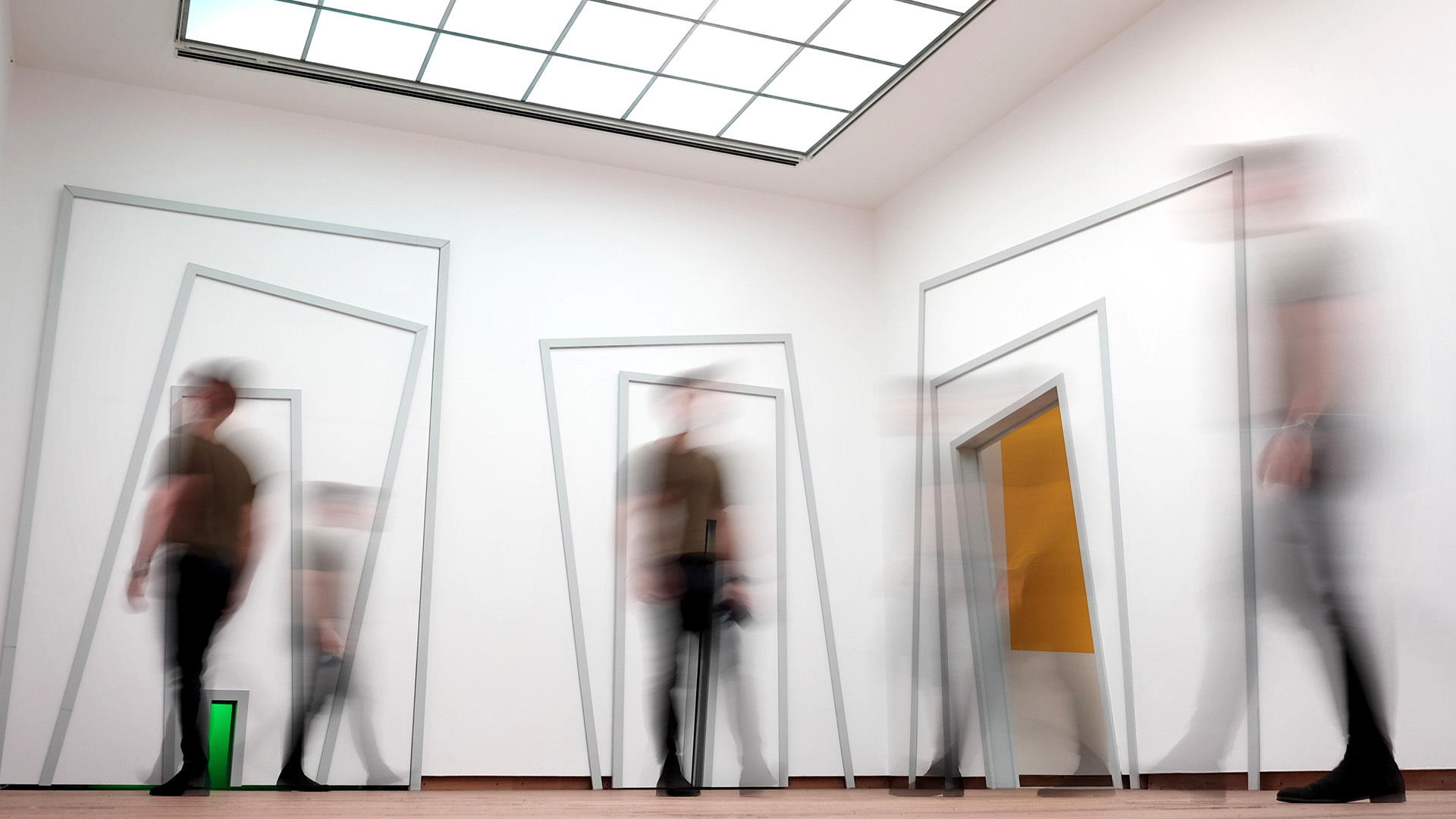Modern multimedia and interactive solutions are an important part of a modern museum. How to avoid excess and monotony?
Monotony in modern museums
Although interactive exhibits are usually the right choice for presenting content, if we provide too many of them (even with different content) they can discourage even the most keen of museum explorers. Now let us imagine a space filed with identical exhibits, it would resemble a game parlour, rather than an attractive source of knowledge. Even if each one of those exhibits will be displaying different content (for example different time periods), encountering identical devices one after the other the viewer is bound to feel bored and discouraged from further learning.
Adults, not even mentioning the children (because that goes without saying), also require stimulation that will keep them focused and engaged. A good rule here would be to employ interactive solutions that differ between themselves with regard to their exterior and means of interaction. It is worth putting a touch-table next to touchscreen infokiosks and further away a large gesture-responsive screen to be accompanied by a space for virtual reality (VR) or augmented reality (AR). All of these of course, always related to the topic of the exhibition. A multitude of solution can be found in this field and they are only limited by the creativity of designers. Having said that it is worth remembering that the key principle of designing in this case should be to keep the viewer interested and make him want to explore new exhibits and new rooms.
Excess in modern museums
A space filled only with screens sooner or later will become monotonous and the viewer will start to desire to leave, to feel the warmth of the sun on their face, look at the trees being swept by the wind or even just inhale to smell of the city – maybe not always the most fragrant, but at least real.
Technological advances have made it possible to diversify the way in which we convey information and knowledge regarding history, technical sciences and natural sciences. One must, however, bear in mind that these new methods of presentation, regardless of how colourful and interactive they are, are only a digital reflection sored on a memory device. People, however, still function in the real world and in order to better understand that world they need real objects. Even the most beautiful of virtual realities will not be enough. At some point one will need to experience the cold touch of steel, the slickness of a glass chemical probe or the smell of printing ink… Designers cannot forget to incorporate such features into every exhibition or to make them form one exhibit with electronic devices or interactive solutions.
Successful exhibition experiences
There are a few examples of exhibitions in Poland, where during the designing stage diversity and hence attractiveness of the exhibitions were successfully achieved. One of such good design examples is a Wroclaw-based exhibition – Hydropolis,, located in an old municipal sewage plant. The exhibition presents the history of water on our planet and its meaning to life on Earth and the health of each and every one of us in an absolutely unique manner. Just the exhibition entrance itself, made to resemble a waterfall, on which various patterns are displayed, as it slides open in front of the viewer, gives them an impression of entering a completely new world. And every single person of those who enter, regardless of their age or interests, will find something engaging for themselves, because the exhibition is a masterful combination of the real and the virtual and one would be hard pressed to find two identical exhibits.
Another great example of a well-thought-out-exhibition can be found inside the Archaeology and History Museum in Elbląg. Here as well, although in a completely different manner, the modern and the old were combined. Thanks to virtual reality (VR) glasses one will take a trip around pre-war Elbląg and thanks to special hand-held manipulators they will be able to have a close look at those of the museum’s exhibits which are stored behind glass cases or never shown to the public at all. And all of this while sitting in an old school bench, for the building used to be a school. But that is not the end of entertainment options made available to the viewers, but I will not disclose any more, so as to preserve the element of surprise.
Of course the two above mentioned venues are not the only worth-while installations in Poland. Some of the others are better known and some are hidden in small towns so we encourage you to explore on your own and let us know what you think = undoubtedly we might not be aware of all of them, so who knows? Maybe you will provide us with a new source of inspiration?
And on leaving those exhibitions another potential subject of discussion might present itself, one of weather it is worth enabling the visitor to take some of the digital material back with them for a so-called “aftervisit”. But this is a topic for another day.





